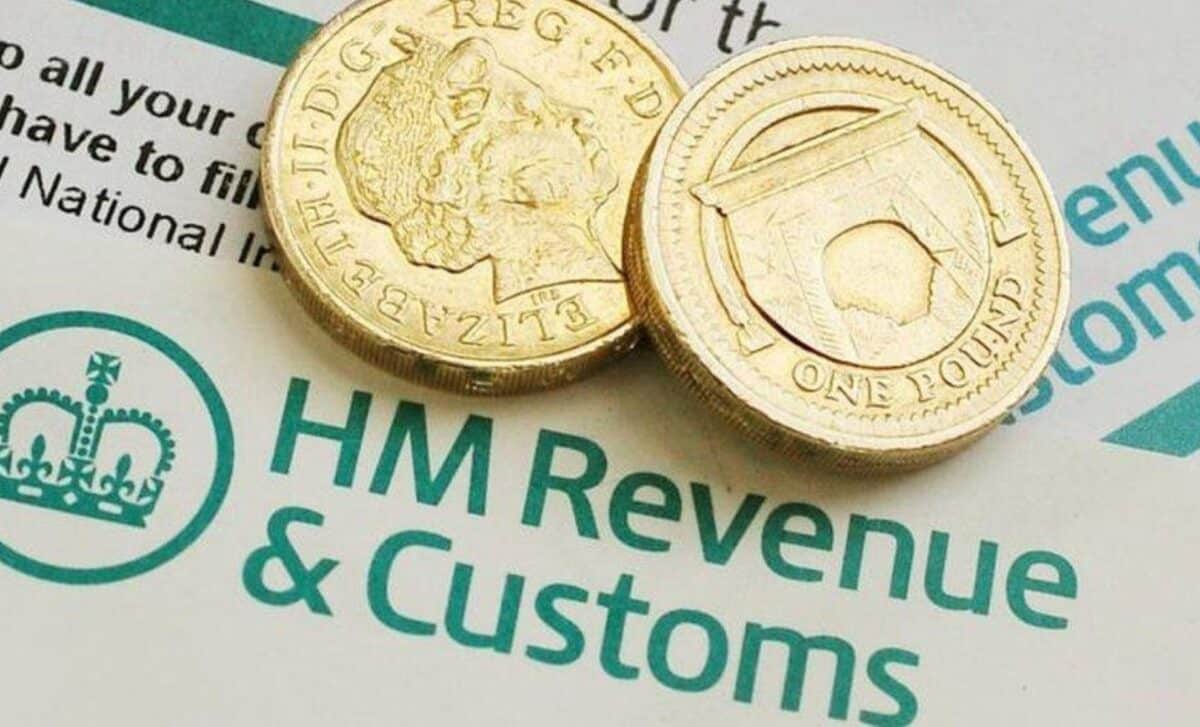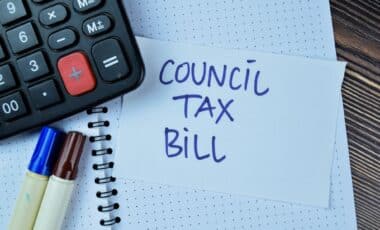Starting April 2026, landlords earning over £50,000 must comply with new digital tax reporting requirements. Two more phases will follow in 2027 and 2028, eventually covering incomes as low as £20,000.
From April 2026, HMRC will begin implementing a staggered expansion of its Making Tax Digital for Income Tax (MTD for IT) initiative, aimed at bringing millions of UK landlords and sole traders into the digital tax system. The move was officially confirmed in the Spring Statement delivered by Rachel Reeves, as part of the Labour government’s fiscal agenda.
The reform is part of a broader effort to modernise the UK’s tax infrastructure. According to HMRC, the programme is designed to simplify tax management, reduce errors, and encourage digital integration for smaller enterprises. Over 4 million taxpayers are expected to be impacted.
Timetabled Expansion Targets High-Turnover Individuals First
The MTD for IT rollout will begin on 6 April 2026, targeting landlords and sole traders with gross annual income over £50,000. This figure refers to total turnover before any deductions and is not limited to profits.
A second phase, planned for 6 April 2027, will lower the income threshold to £30,000, bringing a wider range of small businesses into scope. By April 2028, individuals with incomes of £20,000 or more will also be required to comply.
The government first announced this three-tier structure during the Autumn Budget 2024, with the final timeline confirmed in the Spring Statement 2025. According to HMRC documentation, the decision to reduce the threshold to £20,000 by 2028 will bring an additional 900,000 sole traders and landlords into the digital tax regime.
HMRC emphasised that the staggered approach is intended to provide ample preparation time. “This will help ensure more businesses are able to adopt new digital ways of working, supporting their productivity and growth” the agency stated.
Businesses falling below the £20,000 threshold will not yet be mandated to join MTD, but HMRC will continue assessing future inclusion.
Government Aims to Modernise Tax Practices for Productivity Gains
The HMRC initiative builds upon years of consultation and phased implementation of MTD for VAT, which has been mandatory for most VAT-registered businesses since April 2022. The expansion to Income Tax signals a broader push to streamline tax reporting processes across sectors.
According to the Spring Statement, the government believes digitalisation “supports productivity and growth” by making tax obligations clearer and reducing administrative burdens.
Businesses under the new rules will be required to maintain digital records and submit quarterly updates through MTD-compatible software, replacing the traditional self-assessment model for those affected.
Despite concerns among some small business owners about transition costs and software accessibility, HMRC maintains that digital adoption will ultimately yield long-term efficiency benefits. The agency also confirmed ongoing support and guidance will be provided to affected taxpayers in the lead-up to implementation.









